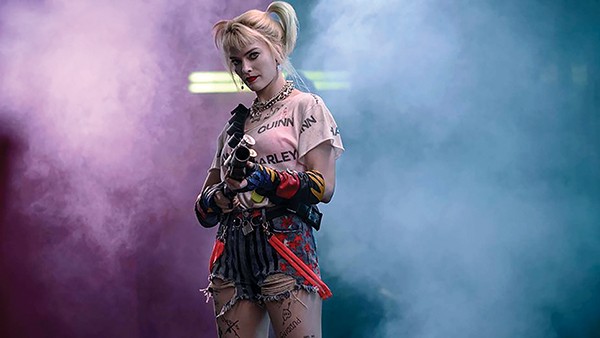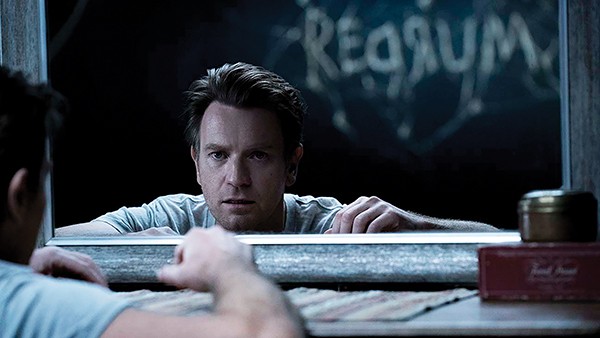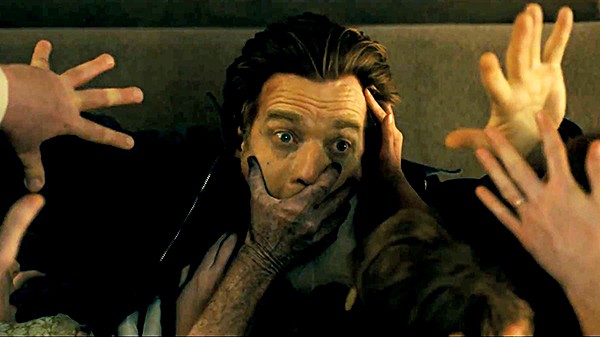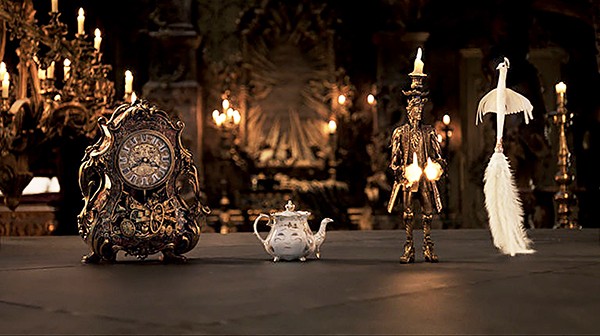Ah yes, the first superhero movie of the year. It’s like the sighting of the first robin of spring, only with more tedious fighting.
For 2020, it’s Birds of Prey. For a mercenary enterprise that shows every sign of being constructed out of spare parts and leftovers by a corporation determined to wring every last penny out of the increasingly threadbare Batman brand, it’s not bad.
Everything about this film’s concept is schizophrenic. The primary title suggests it’s a superteam story, but make no mistake, this is Harley Quinn’s movie. More to the point, it’s Margot Robbie’s movie. She not only stars as the Joker’s former special lady friend, she’s also the top-billed producer.

Crazy for loving you — Margot Robbie (above) as Harley Quinn breaks up with the Joker and takes charge of her life in Birds of Prey.
Birds of Prey began life as a spinoff of 2016’s Suicide Squad, an abominably bad movie that teamed up a bunch of Batman-adjacent bad guys for a once-in-a-lifetime mission. Suicide Squad is one of those movies that you think might turn the corner and be so bad it’s good, but then you try to watch it, and it’s just painfully Highlander II bad. So Robbie, director Cathy Yan, and writer Christina Hodson had a pretty low bar to clear.
One theory goes that Batman is so beloved because he fights the best villains. Harley Quinn is the last great addition to his rogue’s gallery, introduced in 1992 as part of the first season of the beloved Batman: The Animated Series. The original Harley (Dr. Harleen Quinzel) was unambiguously a victim in an abusive relationship — a psychologist at Arkham Asylum assigned to help the Joker. But she fought the crazy, and the cray-cray won.
The Joker had always had nameless henchmen to carry out his evil clown games, but never a sidekick or a love interest. Even though Harley Quinn was conceived as a throwaway character, she caught on and actually proved to have some depth. She would periodically try to break away from the Joker’s domination, only to go crawling back. Consequently, she became one of the most sympathetic characters in the Batman mythos. When Robbie gave the character a live action debut in Suicide Squad, she was reimagined as a polychromatic roller derby girl, reduced to a damsel for Joker to rescue.
When Birds of Prey opens, Harley and the Joker’s volatile relationship has finally exploded for real. As she explains in her voiceover, she’s bound and determined not to go back to him this time. Her post-breakup ritual is relatable. She moves into her own apartment. She changes her hair. She spends nights on the couch watching Looney Tunes while eating a carton of ice cream. She gets a pet hyena and names him Bruce, after that Wayne guy. She rekindles her love of ultraviolence at the roller derby. She gets blotto drunk and blows up the chemical plant where her ex transformed her into a metahuman.
In the early going, when it’s focused on Harley’s character beats, Birds of Prey is actually fun to watch. I’ve been a Robbie skeptic, but I have to admit she has grown into a good actress. As Jack Nicholson, Heath Ledger, and Mark Hamill have proved by playing the Joker, it’s fun to watch someone with chops chew the scenery.
Harley gets a McGuffin to chase — a diamond inscribed with the information needed to claim a great fortune — in a nested set of voiceover-enabled flashbacks. When the birds of prey start assembling, things get more conventionally punchy. There’s Mary Elizabeth Winstead — who should be in everything — as Huntress. Jurnee Smolett-Bell as Black Canary, introduced singing a torch song version of James Brown’s “It’s a Man’s Man’s Man’s World.” The great Rosie Perez is Renee Montoya, a Gotham City detective who talks like she’s from a 1980s cop movie. She’s balanced out by Ewan McGregor who serves up the ham as Roman Sionis, a villain who looks like a refugee from a Miami Vice episode.
The closest Marvel analogs for the R-rated Birds of Prey are the Deadpool movies. Director Yan wears her influences on her sleeve: Scott Pilgrim vs. The World and Kill Bill are most prominent. As with all these endless superhero movies, the little character moments are the best parts, while the action sequences all kind of blur together. But the stakes are pleasingly low (the world is never in any danger), and Robbie’s charisma saves the picture from getting overwhelmed by corporate IP service diktat.
The journey of Harley from henchwoman to antagonist, and her determination to get out from under the shadow of her more famous boyfriend, is where the energies of the all-woman creative team have been directed. Their candy-colored enthusiasm is infectious.


